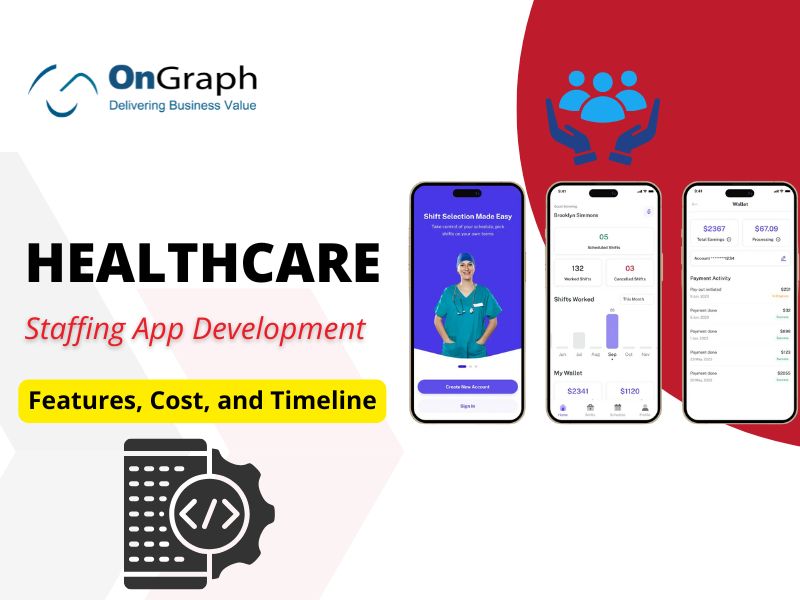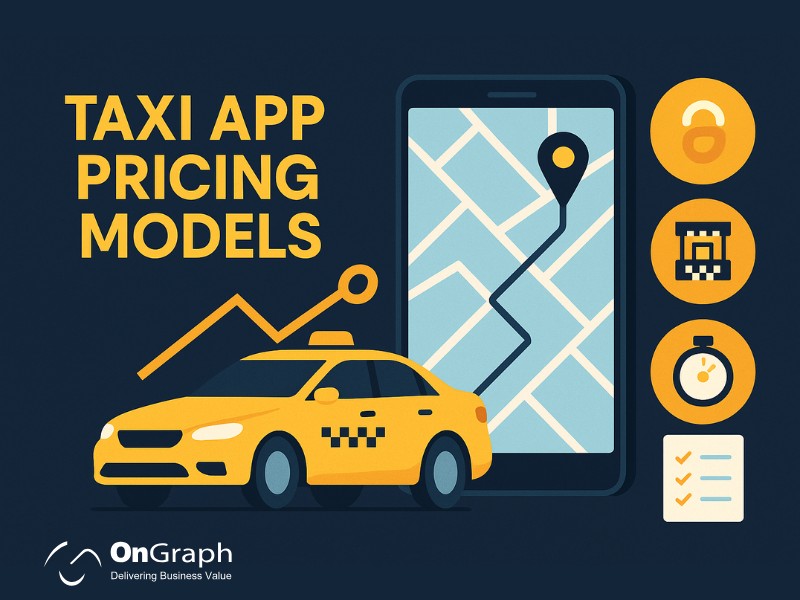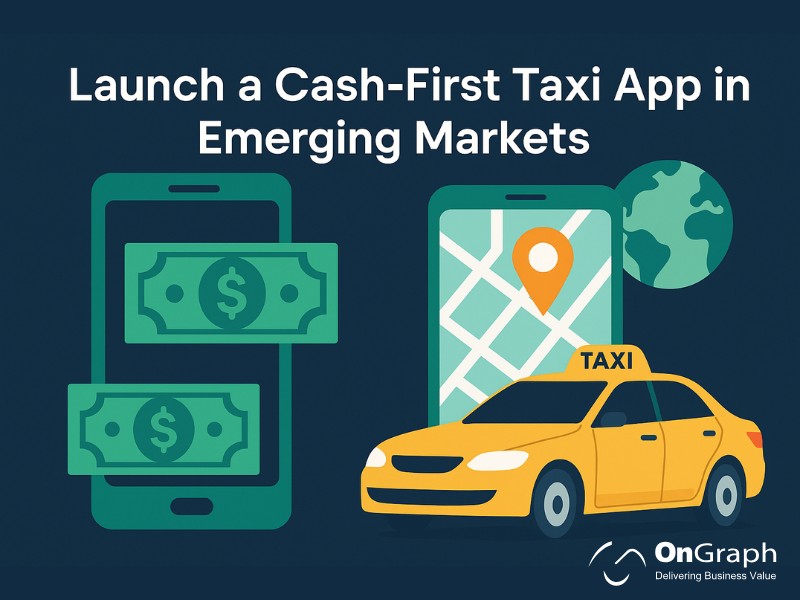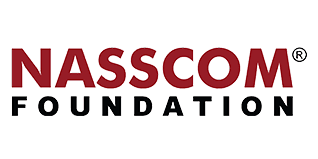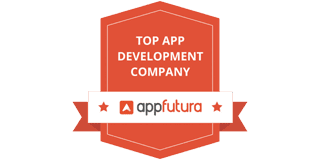In this article
- 1. What Is Healthcare Staffing App Development?
- 2. The Rising Demand for Healthcare Staffing Apps
- 3. Core Features Every Healthcare Staffing App Should Include
- 4. The Role of AI in Modern Healthcare Staffing
- 5. White-Label Healthcare Marketplace App Solutions
- 6. Cost to Build a Healthcare Staffing App
- 7. Development Process and Timeline
- 8. Case Study: Streamlining Healthcare Recruitment with Automation
- 9. Future Trends in Healthcare Staffing Technology
- Conclusion
In today’s rapidly evolving digital healthcare ecosystem, Healthcare Staffing App Development has emerged as a critical enabler for clinics, hospitals, and staffing agencies to manage workforce shortages efficiently.
The global healthcare industry faces mounting pressure to fill positions quickly while maintaining compliance and patient safety.
According to the World Health Organization (WHO), there will be a shortfall of over 10 million healthcare professionals globally by 2030. This staggering number underscores the urgent need for smart, technology-driven staffing solutions.
A robust healthcare staffing mobile app solution bridges the gap by connecting verified healthcare professionals—nurses, doctors, technicians, and support staff—with hospitals or clinics that need them.
It streamlines hiring, scheduling, compliance verification, and payments—all within one seamless digital environment.
Whether you are exploring medical staffing app development or looking to launch a white-label healthcare marketplace app, understanding the right approach, cost, and features is essential to succeed in 2025 and beyond.
1. What Is Healthcare Staffing App Development?
Healthcare Staffing App Development involves building digital platforms that enable healthcare organizations to post job openings, manage temporary and permanent staff, and automate critical workforce processes.
These apps go beyond simple recruitment—they create a connected ecosystem where administrators, healthcare professionals, and patients benefit from faster, safer, and more transparent services.
A well-designed staffing app typically includes:
- Verified profiles for doctors, nurses, and allied professionals.
- Real-time availability tracking.
- Credential verification and expiry management.
- Secure, automated payment processing.
- Built-in communication and feedback systems.
In essence, these platforms empower healthcare organizations to focus on patient care while technology handles staffing logistics.
2. The Rising Demand for Healthcare Staffing Apps
Healthcare systems worldwide are under increasing strain due to aging populations, chronic disease prevalence, and burnout among workers. Manual staffing processes—emails, spreadsheets, or phone calls—are no longer sustainable.
A healthcare scheduling app helps eliminate administrative bottlenecks and enables healthcare organizations to:
- Fill shifts faster: AI-driven matching connects job openings with available professionals instantly.
- Ensure compliance: Built-in document verification ensures only qualified professionals are onboarded.
- Reduce costs: Automation lowers manual workload and operational costs.
- Boost retention: Professionals appreciate transparency, timely payments, and flexible work options.
According to Grand View Research, the global healthcare staffing market is projected to reach $65 billion by 2030, growing at a CAGR of 5.6%. This expansion is being driven largely by the adoption of digital staffing and scheduling platforms.
3. Core Features Every Healthcare Staffing App Should Include
The success of any healthcare staffing app development project depends on how intuitively it serves both healthcare providers and professionals. Below are the essential features that make these apps indispensable.
A. Features for Healthcare Facilities
1- Advanced Search and Filters – Search professionals by specialty, location, experience, or ratings.
2- Dynamic Shift Scheduling – Post shifts, view applications, and confirm staffing within minutes.
3- Document Compliance Dashboard – Manage certifications, right-to-work documents, and expirations.
4- Payment Integration (Stripe/PayPal) – Automate salary payouts and commission deductions securely.
5- Ratings and Feedback System – Evaluate staff performance for future reference.
6- Automated Notifications – Receive alerts about bookings, cancellations, or upcoming expirations.
B. Features for Healthcare Professionals
1- Profile Setup and Verification – Upload licenses, certifications, and credentials for verification.
2- Smart Job Matching – Get AI-powered job recommendations based on skills and availability.
3- Shift Tracking and Check-In – Log shift start and end times via GPS or QR verification.
4- Earnings Dashboard – Track completed jobs, payments, and upcoming shifts.
In-App Messaging – Communicate securely with hospitals or administrators.
C. Admin Panel Features
1- Multi-Level Access Control – Manage hospitals, recruiters, and staff from a single dashboard.
2- Reporting and Analytics – Track KPIs such as active staff, fulfilled shifts, and revenue.
3- Automated Document Verification – Set expiration alerts for licenses and certificates.
4- Tax and Commission Management – Define flexible tax or commission structures.
5- AI Workflow Automation – Use AI Agents for Doctors or voice assistants to handle repetitive tasks.
4. The Role of AI in Modern Healthcare Staffing
Artificial Intelligence is redefining medical staffing app development by optimizing decision-making and reducing manual intervention. Let’s look at how AI in Healthcare is improving efficiency:
1- AI Voice Agent for Healthcare
AI-powered voice agents can verify candidate availability, confirm shifts, and collect post-shift feedback. They operate 24/7 and save significant administrative time.
2- Predictive Staffing Analytics
AI algorithms predict future staffing demands by analyzing patient volume, seasonality, and historical trends, allowing proactive workforce management.
3- Credential Validation
AI systems automatically extract and validate data from uploaded licenses, reducing the risk of hiring unqualified candidates.
4- AI Workflow Automation
Tasks like shift confirmations, follow-ups, and reminders are automated, allowing HR teams to focus on strategic goals.
A 2024 Accenture study found that AI adoption in healthcare operations improved workforce utilization by 35% and reduced scheduling errors by 40%.
5. White-Label Healthcare Marketplace App Solutions
Building an app from scratch isn’t always necessary. A White-Label Healthcare Marketplace App offers a cost-effective and faster route to launch.
Advantages of White-Label Solutions
- Speed: Deploy within 6–7 weeks instead of 4–6 months.
- Affordability: Costs start as low as $4,000, depending on customization.
- Proven Reliability: White-label products are pre-tested and optimized for performance.
- Scalability: Add features or modules as your business grows.
- Brand Customization: Use your own color palette, logo, and domain.
Many startups and staffing agencies prefer white-label solutions to quickly test their market idea before committing to full-scale custom development.
6. Cost to Build a Healthcare Staffing App
The cost to build a healthcare staffing app varies depending on design complexity, feature set, technology stack, and integrations.
| Development Stage | Estimated Cost (USD) | Duration |
| Requirement Analysis & Design | $1,000 – $1,500 | 1–2 Weeks |
| App Development (iOS + Android) | $2,500 – $3,500 | 3–4 Weeks |
| Admin Dashboard & API Integration | $800 – $1,000 | 1 Week |
| QA Testing & Deployment | $500 – $700 | 1 Week |
| Total Estimated Cost | $5,000 – $6,500 | 6–7 Weeks |
7. Development Process and Timeline
A successful healthcare staffing app development project follows a structured process:
1- Discovery & Planning: Analyze business goals, compliance requirements, and technical scope.
2- Wireframing & UI/UX Design: Create user-friendly interfaces tailored for healthcare workflows.
3- Development: Build core modules—profiles, scheduling, payments, and dashboards.
4- Integration: Connect APIs, third-party tools (Stripe, Twilio), and AI Voice Agent for Healthcare modules.
5- Testing: Conduct performance, usability, and compliance tests.
6- Deployment & Support: Publish the app on Google Play and Apple App Store, followed by ongoing maintenance.
Custom projects may extend up to 10–12 weeks depending on scope and integrations.
8. Case Study: Streamlining Healthcare Recruitment with Automation
A mid-sized healthcare agency in Europe faced challenges managing locum workers manually. Their process relied on spreadsheets, emails, and phone confirmations—leading to delays and compliance risks.
After implementing a custom healthcare staffing mobile app solution, the results were impressive:
- 70% faster shift allocation with AI matching algorithms.
- 100% compliance through document expiry tracking.
- 45% reduction in administrative hours.
- Real-time payments via Stripe Connect.
Within 90 days, the agency reported a 30% cost reduction and improved staff satisfaction due to transparent shift management.
9. Future Trends in Healthcare Staffing Technology
The future of healthcare staffing apps is bright, driven by emerging technologies and evolving workforce needs.
Upcoming Trends:
- AI-Driven Talent Forecasting: Predicting regional staff shortages in advance.
- Cross-Platform Scheduling: Unified scheduling for hospitals, clinics, and telehealth.
- Doctor on Demand App Integrations: Direct access to verified professionals for remote consultations.
- Blockchain Credential Verification: Immutable proof of licenses and training.
- Voice-Enabled Operations: AI Voice Agent for Healthcare enhancing user interaction.
According to MarketsandMarkets, AI-driven healthcare staffing and scheduling tools will be a $9 billion industry by 2028, with adoption led by North America and Europe.
Conclusion
The healthcare workforce crisis demands innovation, agility, and technology-driven solutions. A well-designed Healthcare Staffing App Development project not only simplifies hiring but also ensures safety, compliance, and cost-effectiveness.
By integrating automation, analytics, and AI, hospitals and staffing agencies can focus on what truly matters—delivering quality patient care.
Whether through a custom app or a White-Label Healthcare Marketplace App, investing in medical staffing software development ensures your business remains future-ready and competitive in 2025 and beyond.
FAQs
It’s the process of creating a digital platform that connects healthcare providers with verified professionals. The app manages recruitment, scheduling, compliance verification, and payments efficiently.
The average cost to build a healthcare staffing app ranges between $5,000–$6,500. Advanced AI integrations or enterprise-scale deployments can cost up to $10,000–$12,000.
Core features include professional profiles, shift scheduling, document verification, automated payments, compliance dashboards, and rating systems. Integration with AI in Healthcare enhances automation and efficiency.
Common technologies include Flutter or React Native for front-end, Node.js for backend, PostgreSQL for databases, and APIs like Stripe or Twilio for payments and communication.
A white-label version can be delivered in 6–7 weeks, while a fully custom medical staffing app development project may take 10–12 weeks, depending on features.
AI Voice Agent for Healthcare automates shift confirmations, candidate calls, and reminders, reducing admin workload by up to 50% while ensuring consistent communication.
A White-Label Healthcare Marketplace App provides faster deployment, lower cost, and proven reliability. It allows you to enter the market quickly with custom branding and minimal development overhead.
About the Author
Let’s Create Something Great Together!
Latest Blog

